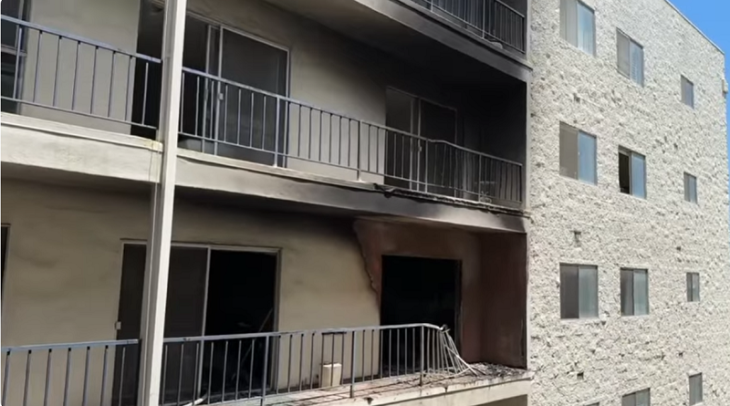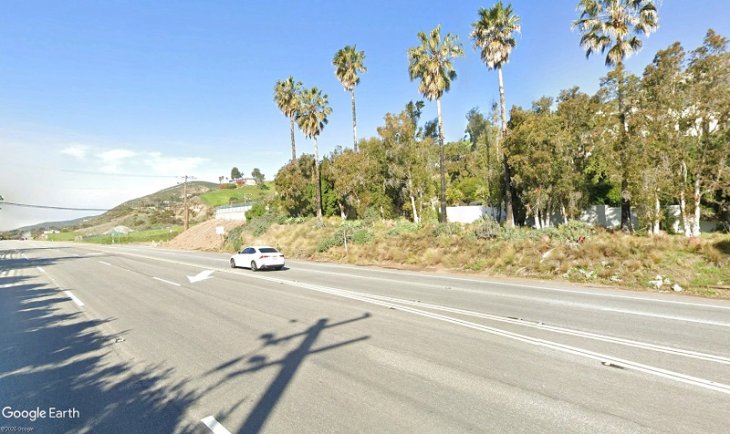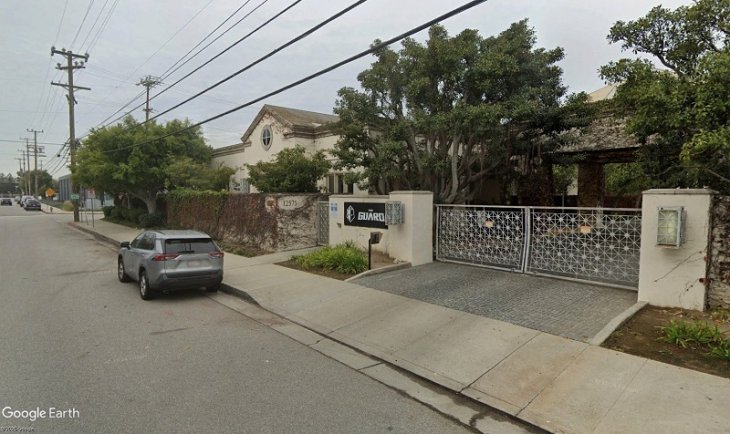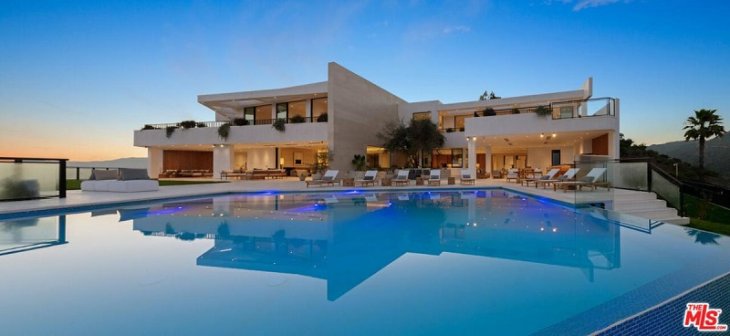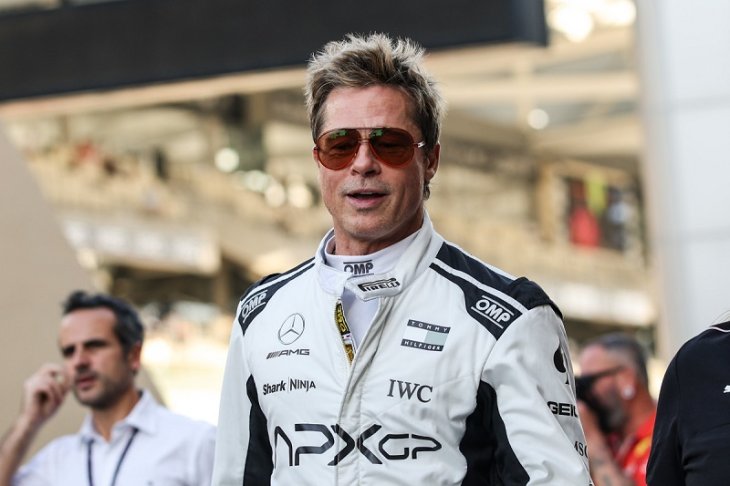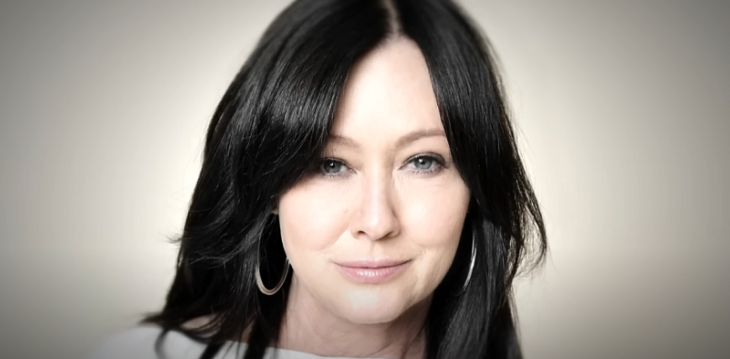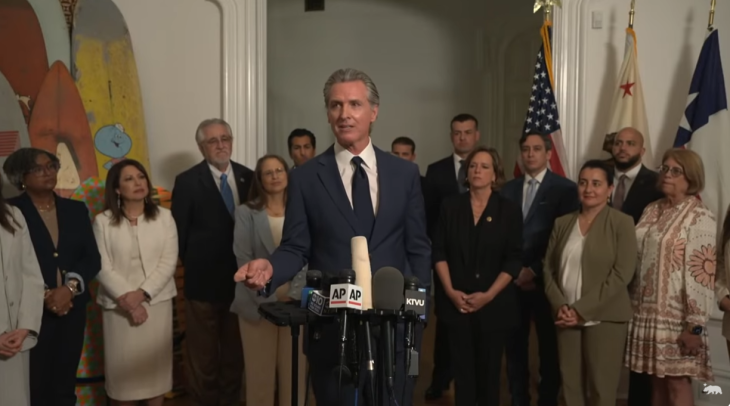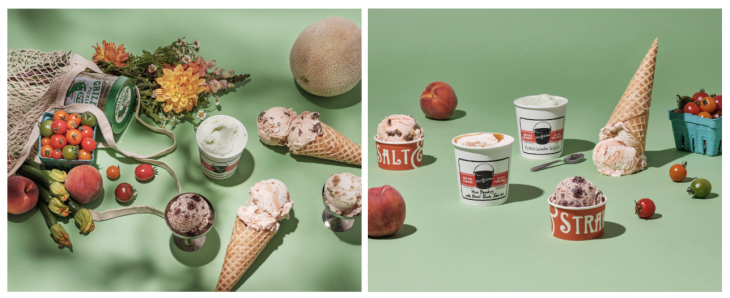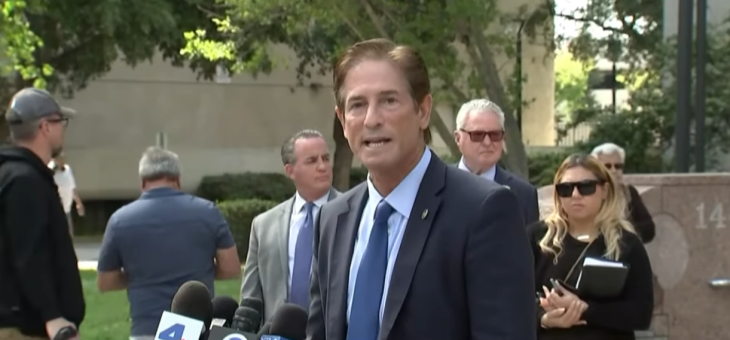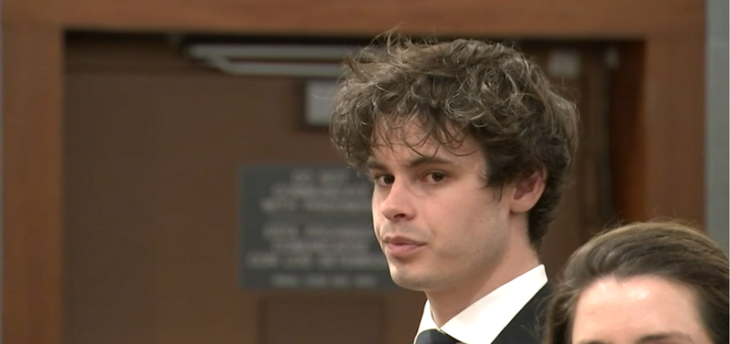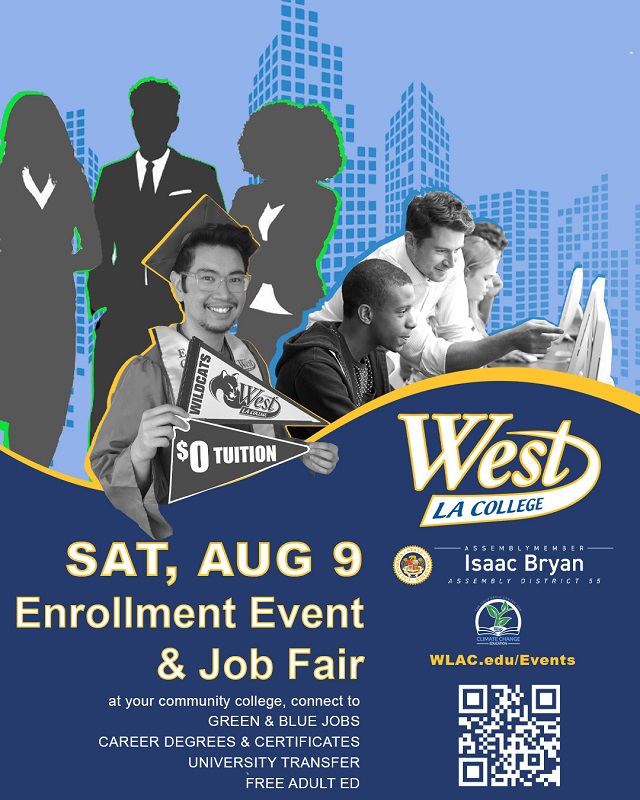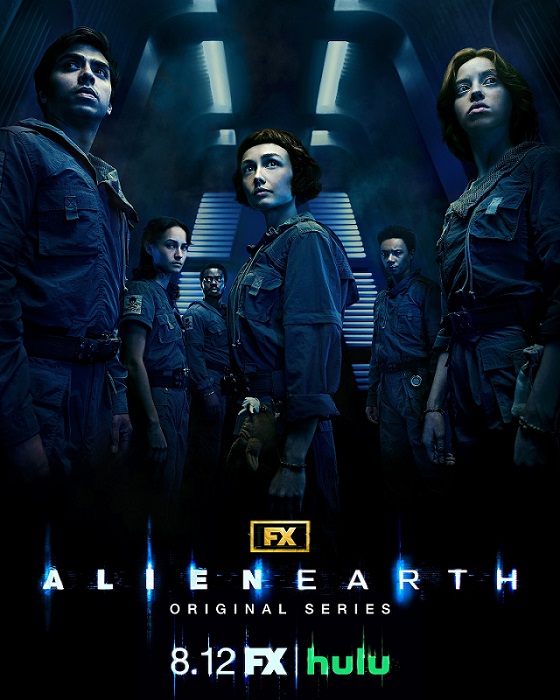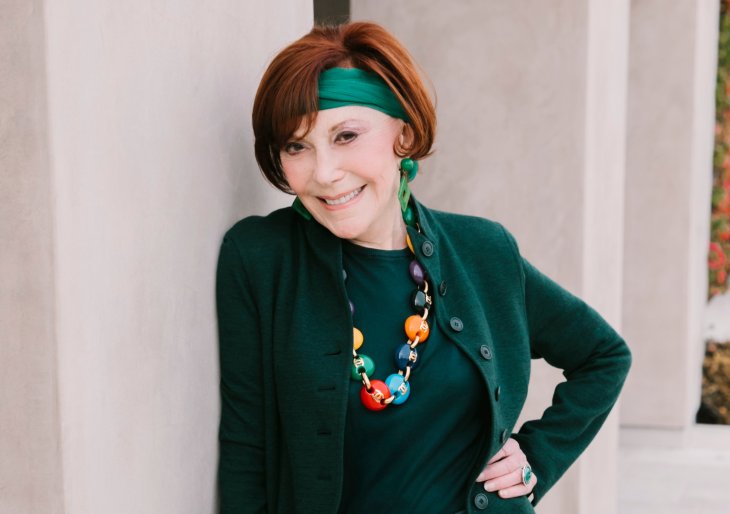
What happens when you get an art scholar, a critic, an auction house, a dealer, and a gallerist in the same room? You learn how to keep a cool head in a hot art market, according to Century City Chamber of Commerce Art Council head, Jean Tardy-Vallernaud.
If you’re curious about the volatile art market or crave advice on what to do when purchasing or selling a work of art, look no further than the lunch and panel discussion at the InterContinental Hotel this Thursday from 11:30 am to 1:30 pm.
“Keep A Cool Head In A Hot Art Market” will showcase five powerhouse experts in the art world. There’s Andrea Fiuczynski, chair of Sotheby’s West Coast, global auction executive and auctioneer; Suzanne Muchnic, L.A. Times art writer, critic, and author of “LACMA For Now;” Jonathan Novak, founder of Century City’s only art gallery, Jonathan Novak Contemporary Art; Scott Schaefer, art scholar and former curator of the Getty Museum, LACMA, Sotheby’s, and the Museum of Fine Arts, Boston; with moderator Molly Barnes, a bi-coastal art dealer, radio talk show host, and author.
This way, you get all viewpoints from the difference facets of the art world, Tardy-Vallernaud said.
“The art market is something absolutely unique not only because it’s visual, it has personality, but it is getting an enormous amount of publicity relative to its size,” he said of the most unregulated market in the world.
As the founding chair of the Arts Council, created in 2009, and president of the Century City Arts and Culture Foundation, set up in 2014, Tardy-Vallernaud, who is an investment advisor by trade, contends that his mission is to educate. The growing council of 12 is also involved in planning and maintaining the annual outdoor sculpture exhibits.
Their latest coup was securing a contemporary print to raffle off at the panel discussion Thursday, courtesy of Barnes.
Comparing the best possible estimate of annual sales worldwide in the art market – just under $70 billion – to that same amount used up in less than two days trading on the New York Stock Exchange, Tardy-Vallernaud has often wondered why one gets more attention than the other.
“If a Modigliani or a Picasso or a Monet sells for $175 million, you can be sure you will have the picture on the front page and also essays and talks and etc. And so as it has always been that way,” he said.
“50 years ago it was more of a reserved market for a select few of wealthy, knowledgeable people. It was a very closed market, [filled with] those rather mythical auctions where someone on the phone would flick their finger and all of a sudden it went up to $8 million.”
What has happened to the market is two factors, Tardy-Vallernaud said. One, of course, is more money. New money poured in from China, and earlier it came from Russia and earlier, though no longer the case, from Brazil.
Why were they buying art?
“Some truly appreciate art from a hedonistic sense. Some increasingly like it as an asset, an investment, but that’s overdone,” he said. “The market has cycles, but the fact is supply-and-demand doesn’t lie.”
There are also the psychological factors that come into play, like bragging rights or using art as signifiers of class and wealth.
“All these factors contribute to more money, more growth, and more people interested,” he said.
The second factor in the growing interest in art is a split-market, divided between contemporary and anything before that.
“This is the dangerous one, and the dynamics of the market are significantly different between contemporary and the rest (modern and back into history),” he said.
So, how do you not fall victim to the unpredictable space where art meets commerce? Come to the panel to find out, but in case you can’t make it, the general rule of thumb is: you will not make money in the art market.
“Your yield is your enjoyment,” Tardy-Vallernaud said.
The lunch and panel discussion will meet at the InterContinetal Hotel’s Grand Salon Ballroom at 2151 Avenue of the Stars in Century City.
To RSVP visit centurycitycc.com or call 310.553.2222.

